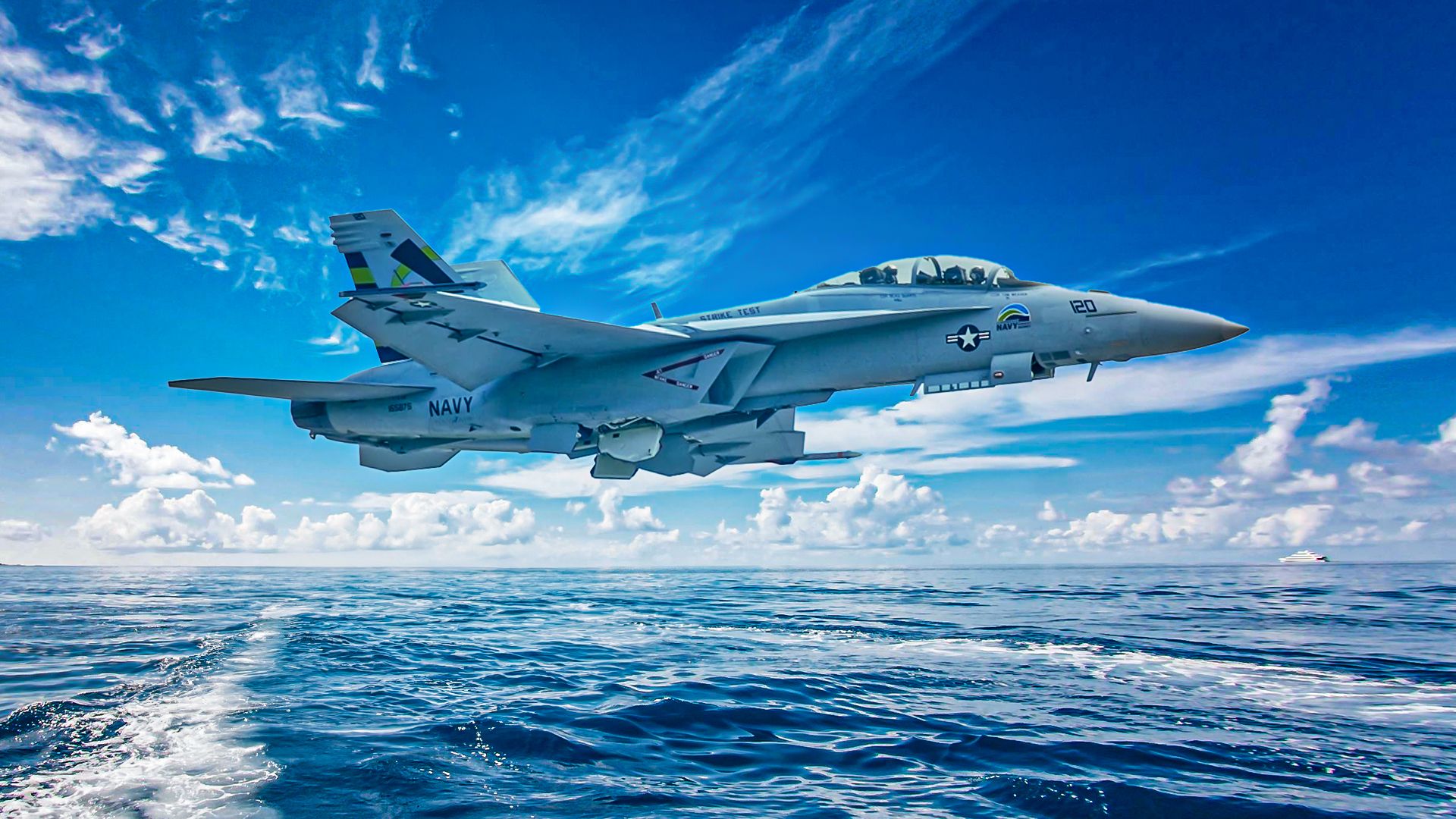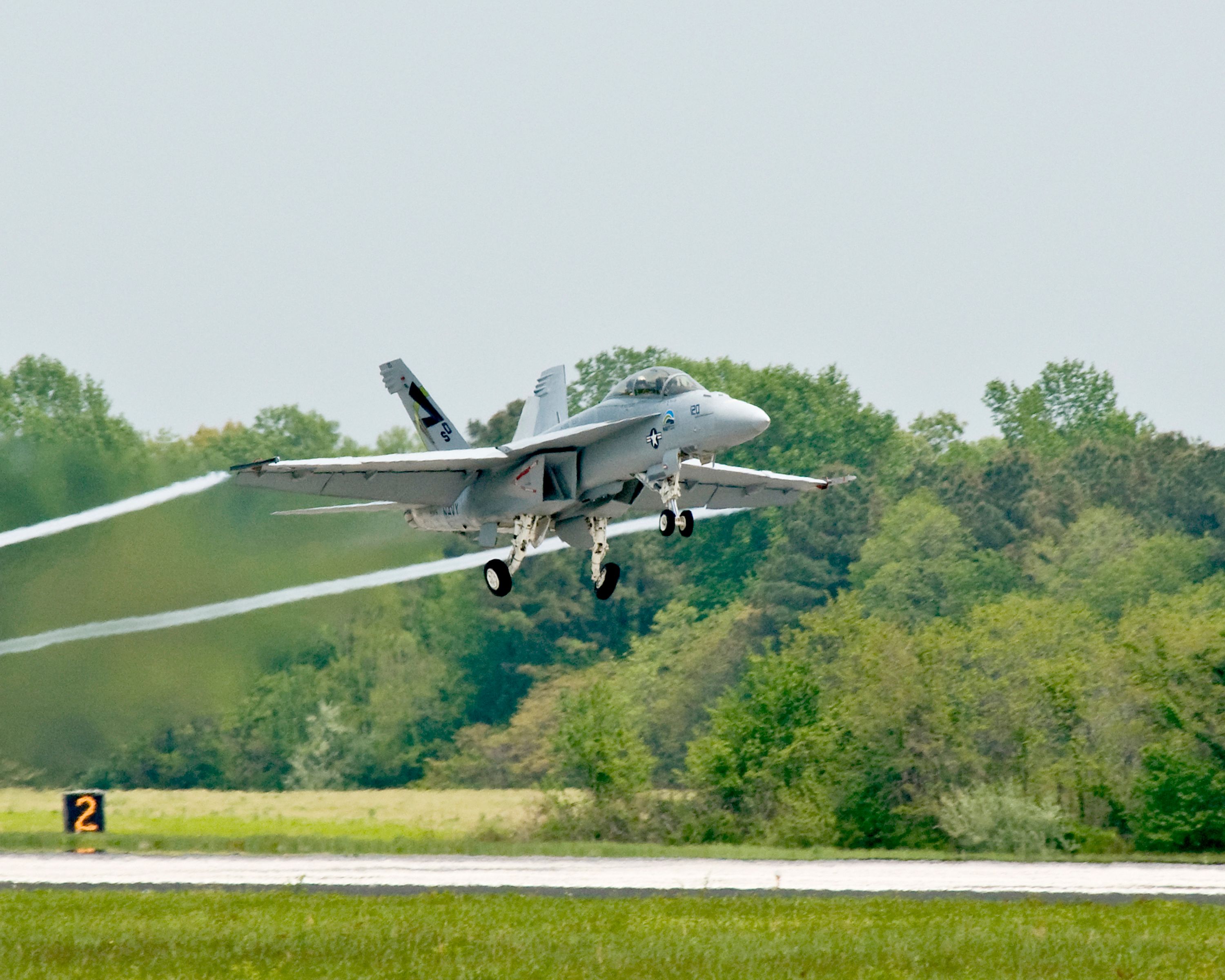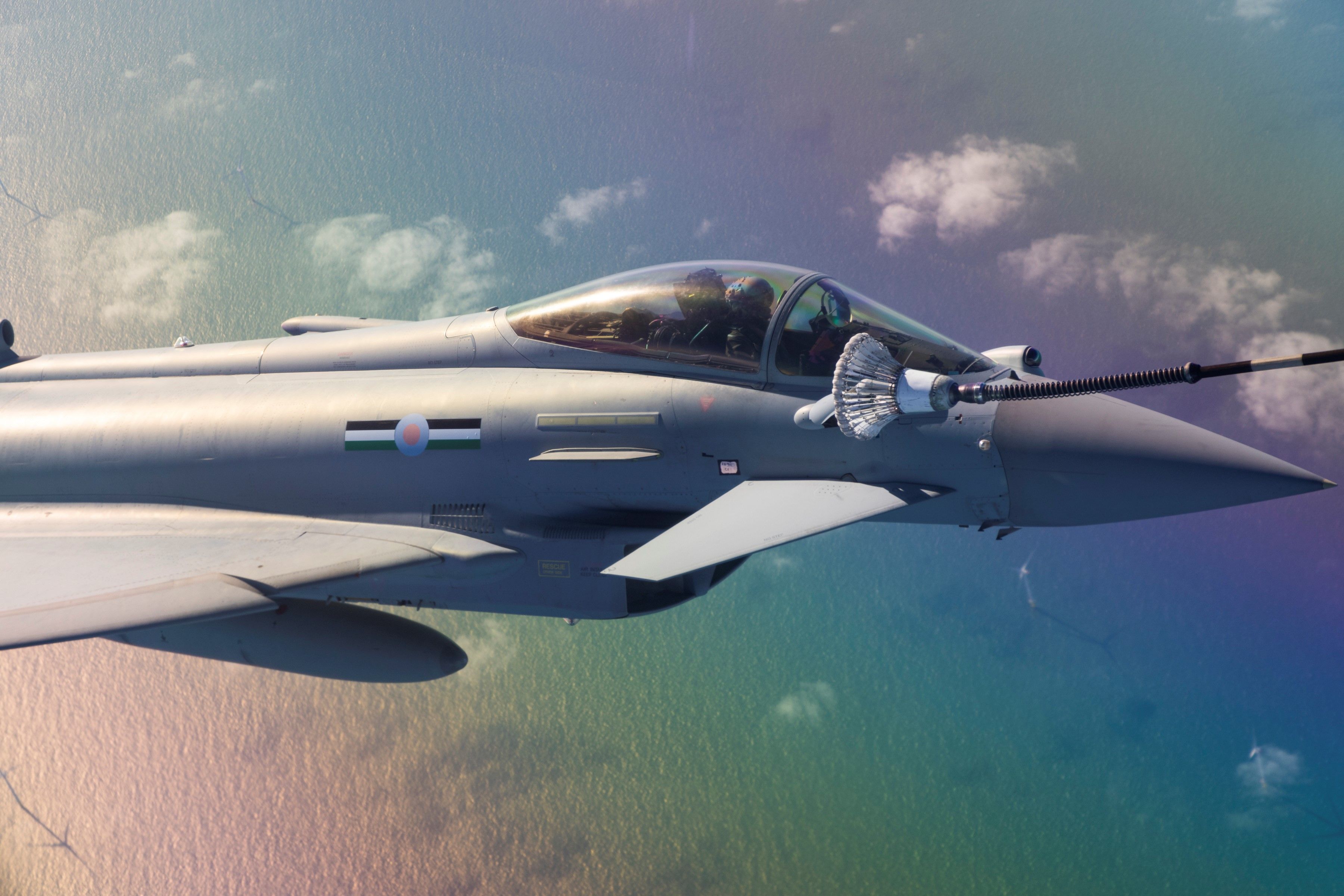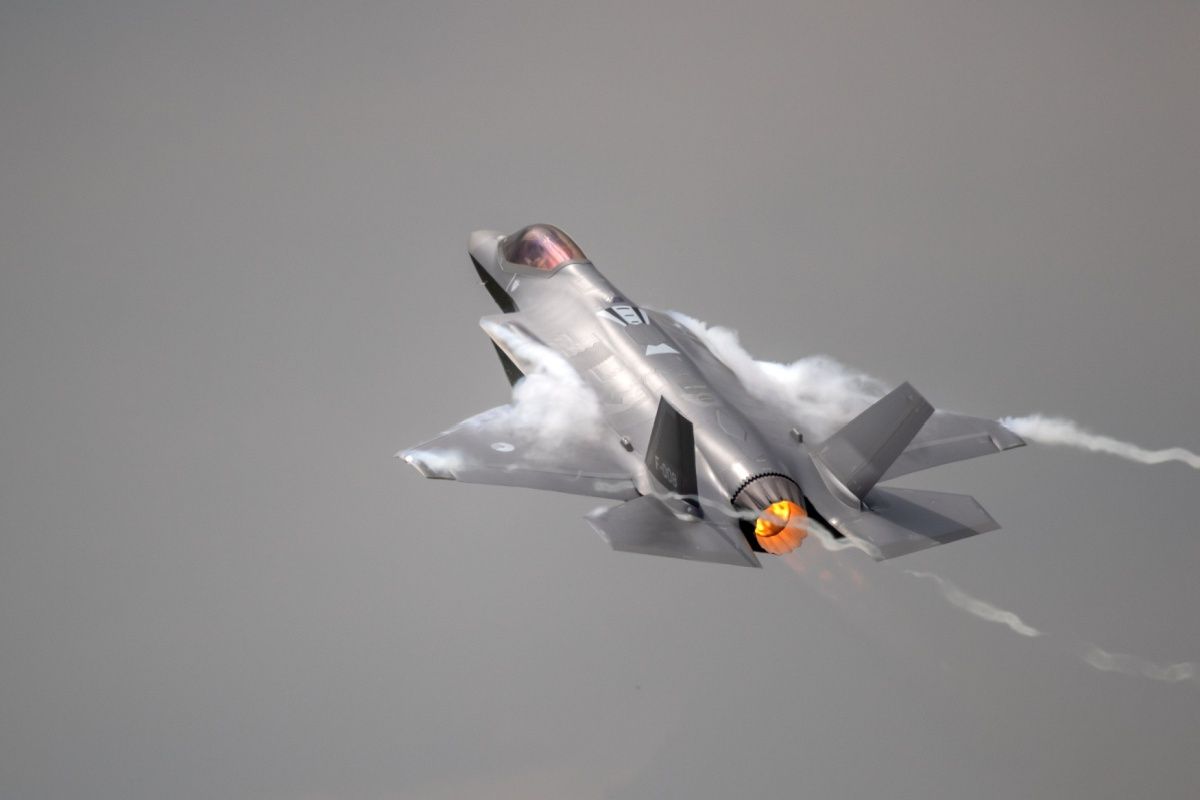Summary
- US Navy ran a successful test flight with a biofuel blend on the Green Hornet in 2010.
- The RAF is working towards becoming the world’s first Net Zero Air Force by 2040.
- European air forces like the Netherlands and Norway are also exploring biofuel options for fighter jets.
Could fighter jets ever go green? The answer is maybe – at least air forces around the world are toying with the idea of green aircraft. Many Western militaries are attempting to run military aircraft on sustainable aviation fuels (or at least blends). It has long been the case that the military operates by different rules than the civilian commercial sector. Even so, air forces feel the pressure of societal expectations, and some are working to reduce their carbon footprint.
The 2010 Green Hornet
In 2010, the US Navy took what the White House then reported to be a “major step forward in the Navy’s initiatives to improve our energy independence and safeguard our environment.” In honor of Earth Day, it conducted a test flight of the Green Hornet (an F/A-18 Super Hornet) powered by a biofuel blend. The blend was 50/50 biofuel.
“The ‘Green’ Hornet runs on a 50-50 blend of conventional jet fuel and a biofuel that comes from camelina, a hardy U.S.-grown plant that can thrive even in difficult soil.” – Navair
|
US Navy & Aviation by the fuel numbers: |
|
|---|---|
|
30% |
Navy’s share of DoD’s energy use |
|
0.4% |
Navy’s share of total US petroleum |
|
over 3,700 |
number of Navy aircraft |
|
600 million gallons: |
Petroleum-based fuels each year used by the Navy’s Aviation |
It was reported by Navair at the time that the Defense Energy Support Center (which over oversees procurement of biofuel for the Navy) had been awarded a $2.7 million contract to supply 40,000 gallons of camelina-based fuel. It was also reported at the time that the Navy’s ultimate goal was to develop “protocols to certify alternative fuels for use in its aircraft and ships.” It’s unclear if there have been any other “green Hornets” over the last decade and a half, as there doesn’t appear to be follow-up reporting.
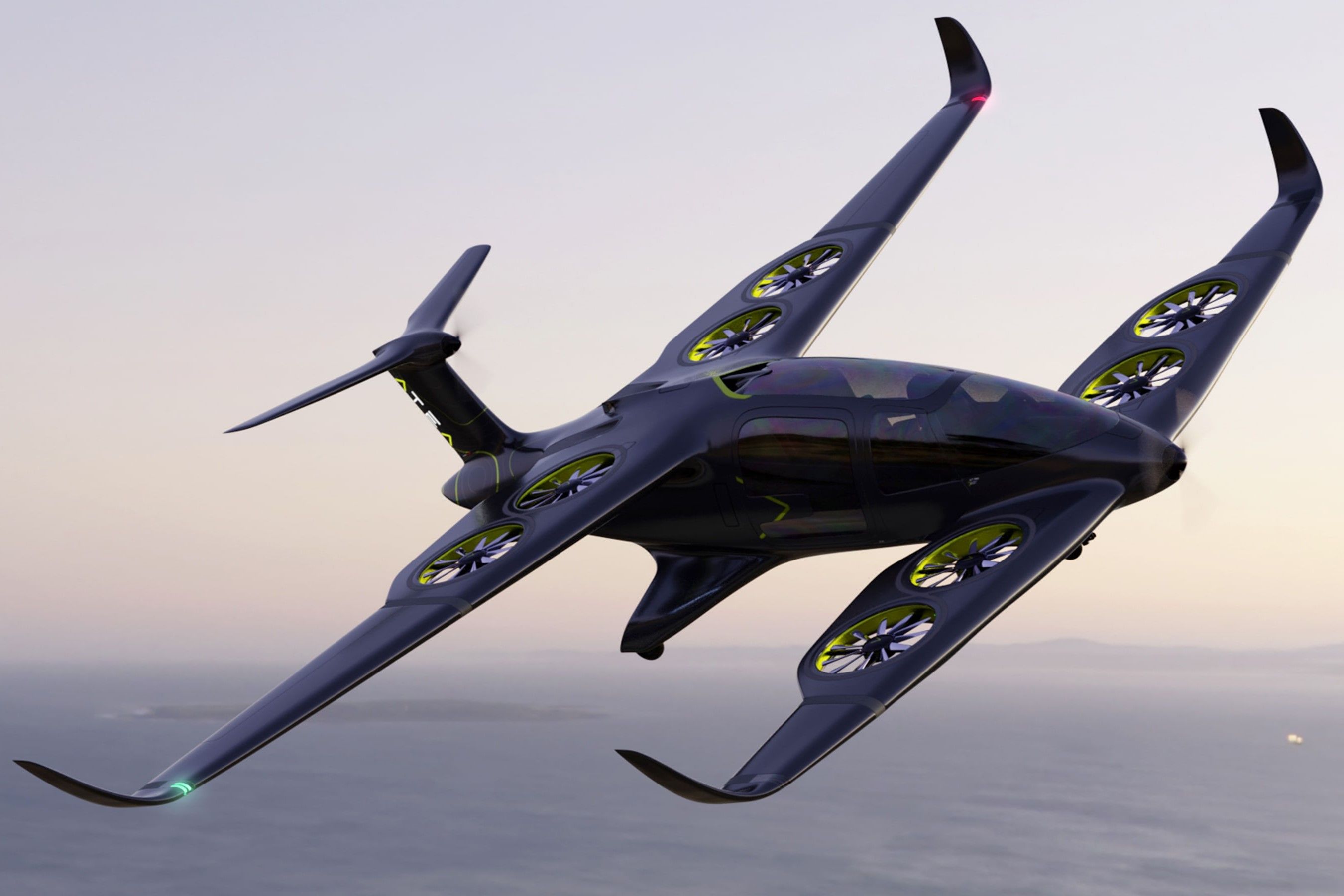
Related
The Critical Role Of Hybrid Electric Tech In The Future Of Green Aviation
We can expect some game-changing shifts to come.
RAF: the world’s first Net Zero Air Force?
The Royal Air Force seems to have much more concrete plans to go green than the US Navy’s apparent 2010 one-flight wonder. The RAF plans to become the world’s first Net Zero Air Force by 2040. In 2019, the UK set a legal requirement for the nation to reach net zero emissions by 2050, and the British MoD recognizes its role in achieving that goal.
Photo: RAF
“To support this ambition, the UK’s Royal Air Force aims to achieve net zero emissions by 2040 to minimise its impact on the environment and remove delivery risk; if it can achieve this it would become the world’s first Net Zero Air Force.” – Rolls-Royce
Rolls-Royce is one of the primary contractors developing the 6th-generation Tempest fighter jet. It states, “Electrification offers the means of more efficient and sustainable flight by reducing fuel consumption, extending aircraft range, and decreasing operating costs for our customers.” Reducing fuel consumption and extending range are always key goals to increase the performance of any aircraft. It is unclear if this development is especially driven by the goal of sustainability or the normal quest for better-performing aircraft.
Example RAF Net-Zero 2040 strategies:
- Using sustainable and synthetic fuels for aircraft
- Upgrading equipment with hydrogen and electric alternatives
- Developing electric aircraft
- Using alternative energy resources
- Spreading the ‘reduce, reuse and recycle’ message
- Reducing single-use plastics
The Royal Air Force has also been using sustainable aviation fuel blended with regular jet fuel for its Typhoon and C-130 Hercules aircraft. In November 2022, a Voyager aircraft (the RAF’s sole air-to-air refueling tanker) flew on 100% sustainable aviation fuel, “a world first for a military aircraft of its size, and the first of any aircraft type in the UK.”. The leftover fuel from the Voyager was then mixed with regular fuel at roughly a 46%- 48% blend.
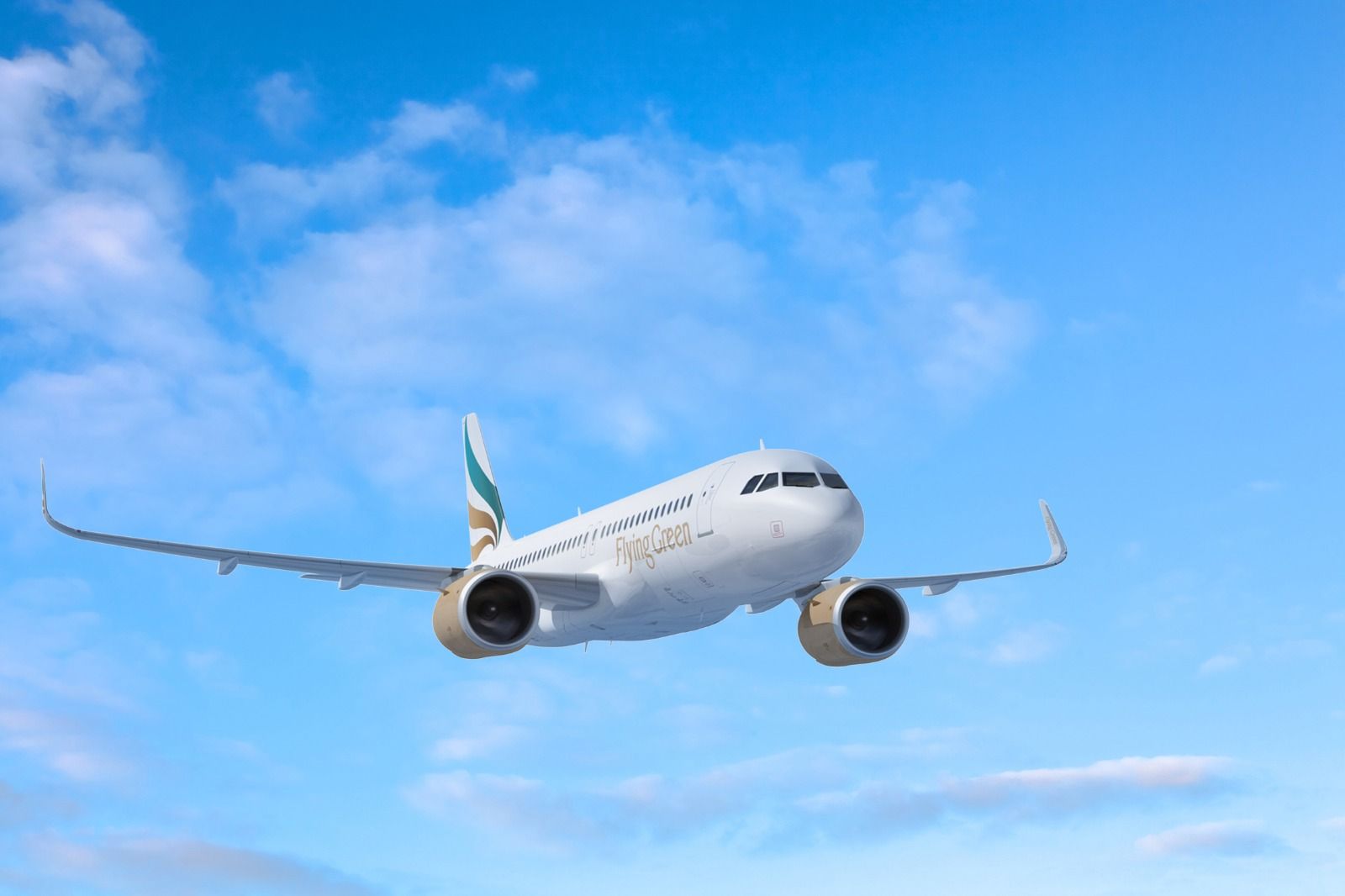
Related
Airline Startup Of The Week: Paris’ Sustainable Flying Green
Other European air forces
A 2018 report stated that the Netherlands planned to run its F-16 fighter jets with a 5% blend of sustainable aviation fuel for two weeks. These jets are now being decommissioned as the nation transitions to F-35s.
Photo: VanderWolf Images l Shutterstock
On May 14, 2024, the Norwegian Air Force tweeted that they are planning to have “F-35 fighter jets airborne with biofuel by the end of the year.” The post also noted that no Norwegian F-35s have flown with biofuels before and claims it will help the Nordic Air Force reduce carbon emissions.
It is unclear from the post if this is planned to become standard for their F-35s or what the blend is anticipated to be. Norway has already mostly phased out the sale of new combustion-engine (gasoline/diesel-powered) cars.
It seems the race to decarbonize Europe’s militaries is gaining pace. In February 2024, the Science Business ran an article entitled “European defense industry looks to kickstart its green revolution.” Denmark, for its part, stated in The Danish Ministry of Defence: Green Action Plan 2021-2025, “The new F-35 fighter jets do not fly on green fuel – so, all the more reason to redouble our efforts in all areas where we can do things better and greener.”

